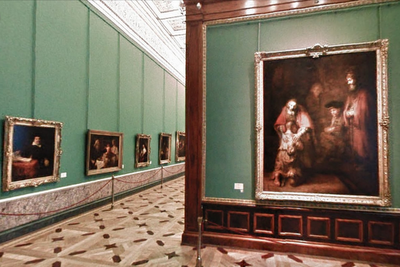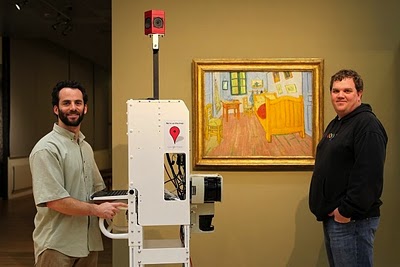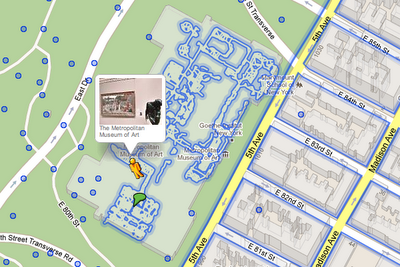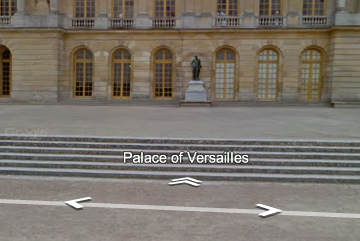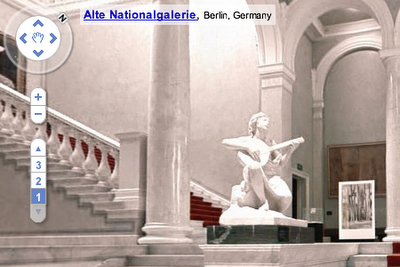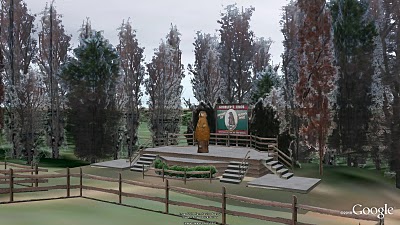Satellites around the earth
A few years ago, Frank showed you a great visualization from AGI that shows the real-time positions for over 13,000 satellites around the Earth. That post, along with the page he built to show off the visualization using the Google Earth plug-in![]() , have been some of our most popular pages ever, having been viewed nearly 200,000 times!
, have been some of our most popular pages ever, having been viewed nearly 200,000 times!
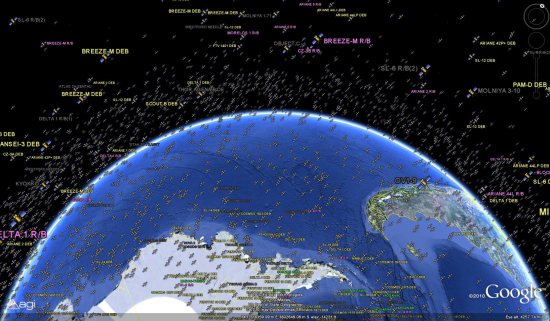
With that in mind, we thought we’d show you all of the great ways to view this data so that new users that may have missed it the first time around can see it as well. The Google Earth files below will automatically update every 30 seconds with the current positions of every satellite, so you can just sit back and watch.
There are three great ways to view these satellites:
2 – Via the Google Earth Plug-in![]()
3 – Watching the video below
As BoingBoing pointed out last year, these 13,000 satellites “represent an infinitesimal drop in the overall volume of their orbits”, but it’s still an amazing display. Thanks to AGI for providing such a great tool to view these satellites.
It’s Groundhog Day!
Today is the 125th anniversary of Groundhog Day – a tradition in the US and Canada when a weather-predicting woodchuck named Punxsutawney Phil tells us how long winter will last. Every year on February 2, a group of local dignitaries hold a ceremony at Gobbler’s Knob, about 2 miles outside of Punxsutawney, Pennsylvania. Just after sunrise, Phil emerges from his burrow in front of thousands of spectators. The legend states that if Phil sees his shadow, there will be six more weeks of winter. No shadow means there will be an early spring.
Punxsutawney Phil in Google Earth
This year, Phil emerged at 7:25 AM and did not see his shadow! Despite the major winter storm stretching across 2,000 miles of the continent, it sounds like we’ll be enjoying an early spring!
You can check out Gobbler’s Knob by entering the coordinates 40°55’48.65″N, 78°57’27.53″W into Google Earth or by clicking here to see the area in your browser.
